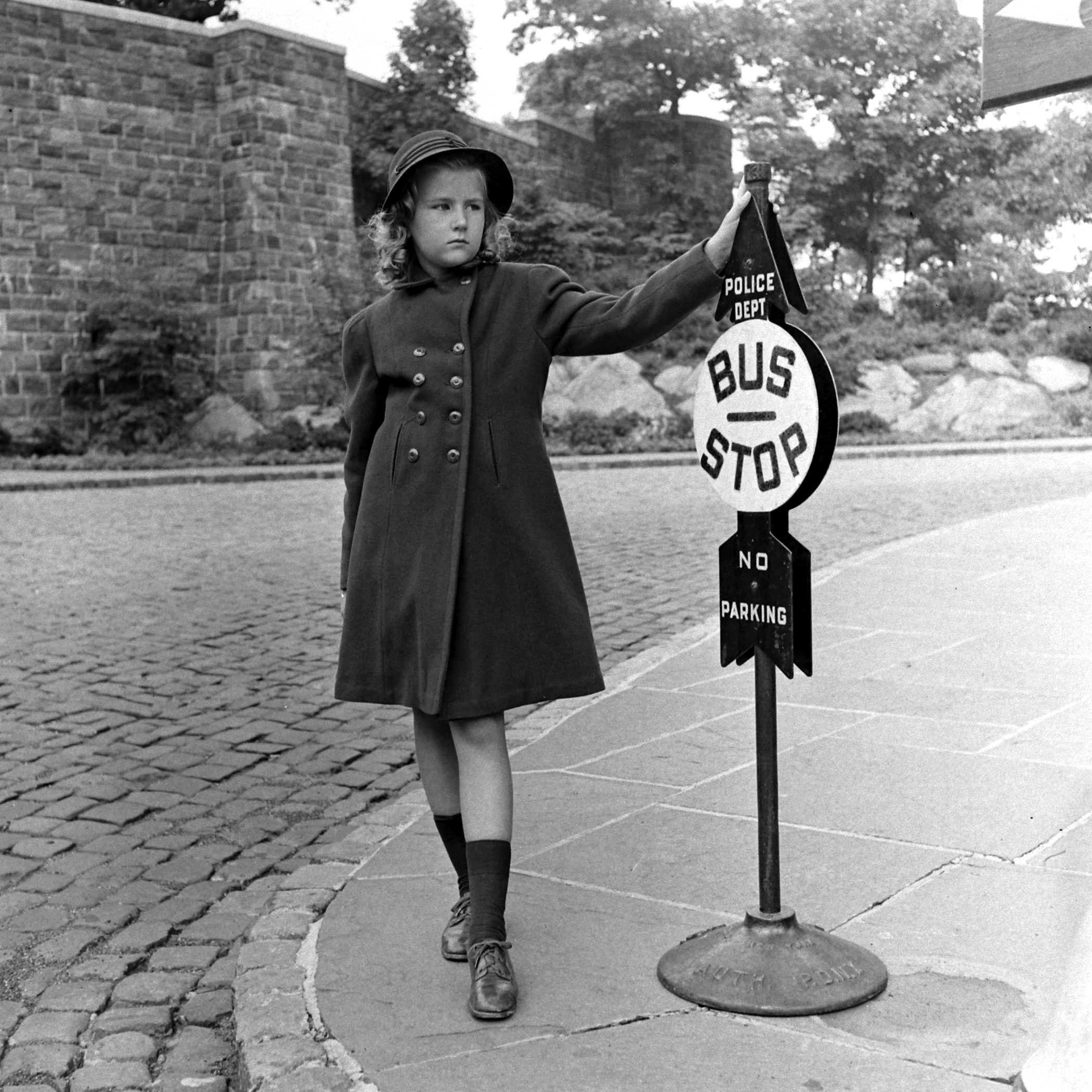
When LIFE published several pages on youth fashions going into the back-to-school season of 1939, the stakes were high. “Failure to conform brings agonizing grief,” the magazine explained, “for children are mannerless humans who revel in ridiculing their fellows.”
Boys who wanted to fit in that season were advised to sport corduroy or dress slacks with a work, polo or plaid shirt. “Cossack coats,” a nickname for short, heavy-zippered jackets, were preferred on cold autumn days. Young boys, LIFE reported, eschewed any style that made it look as though their mothers had dressed them. According to a leading style expert of the time, mothers fell into one of two categories: “those who try to keep their sons little boys, and those who try to anticipate the time when their sons will look like their fathers.”
In contrast, the magazine continued, young girls’ “secret sartorial aspiration is to dress exactly like their mothers.” A schoolgirl’s wardrobe—including two dresses, a wool jumper, blouses, sweaters, a coat and “an all-occasion frock for dressier occasions”—could be purchased at a department store like J.C. Penney for $15, equivalent to around $260 today. For a splurge, they might add a suede hat, made popular by the movie star Marlene Dietrich.
Liz Ronk, who edited this gallery, is the Photo Editor for LIFE.com. Follow her on Twitter @lizabethronk.
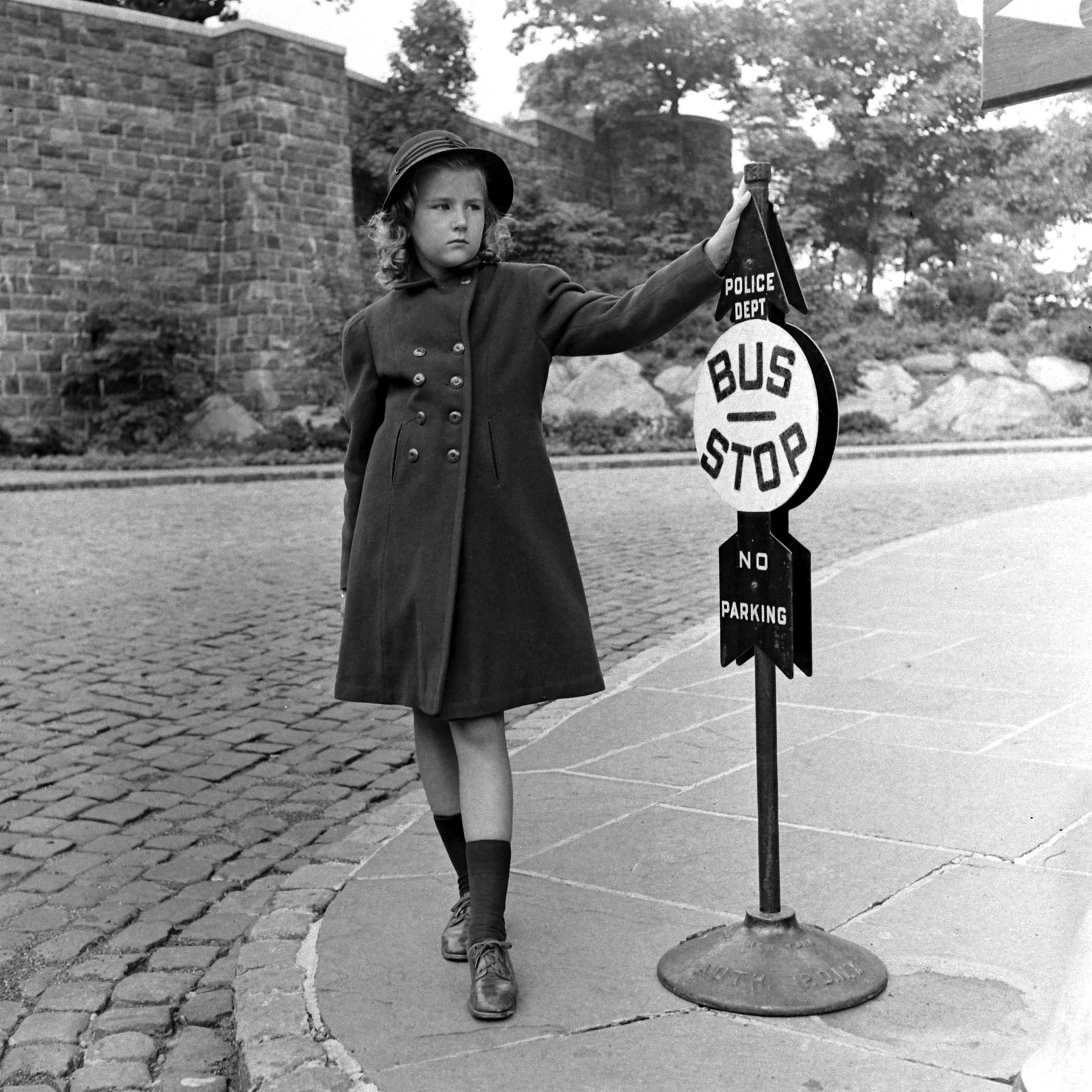
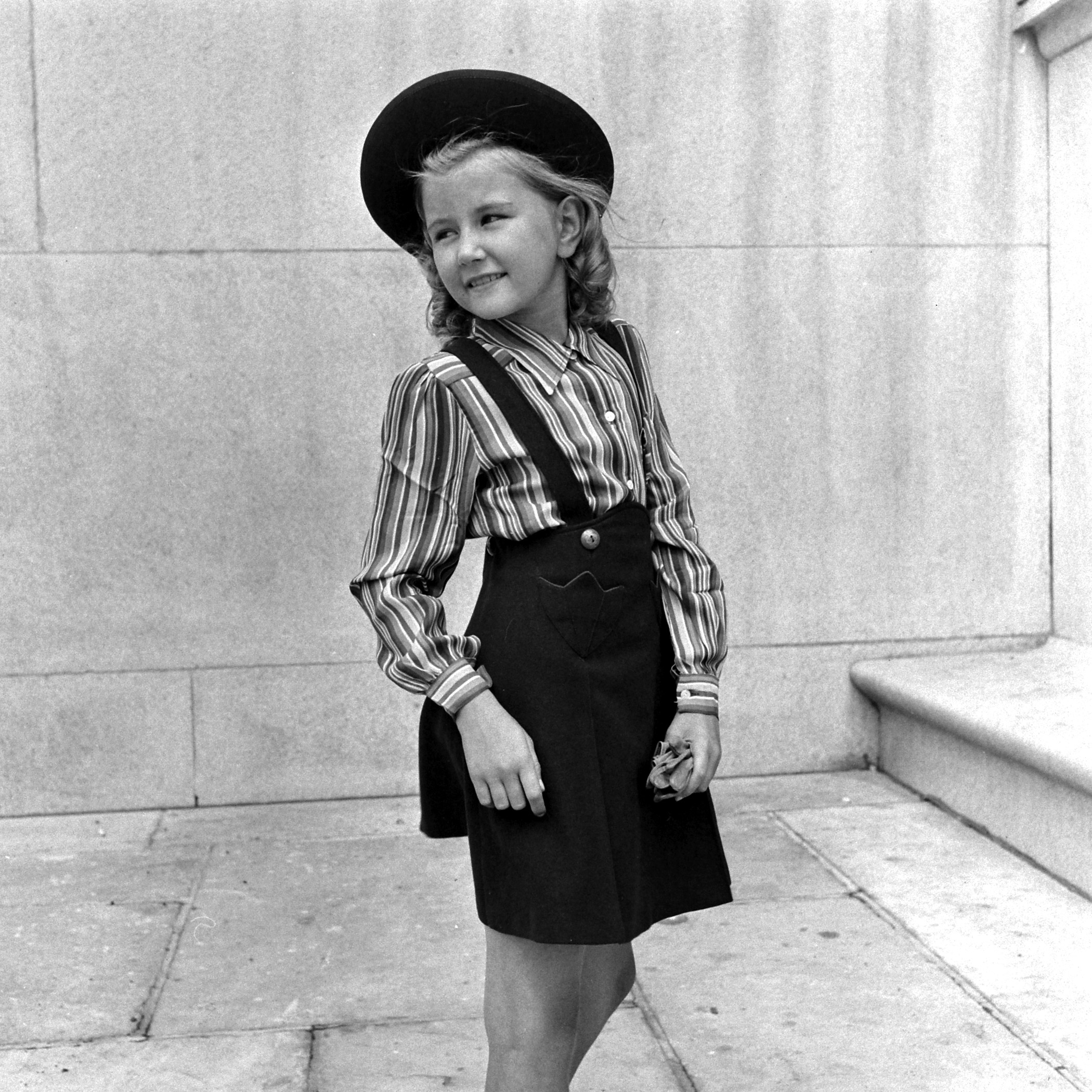
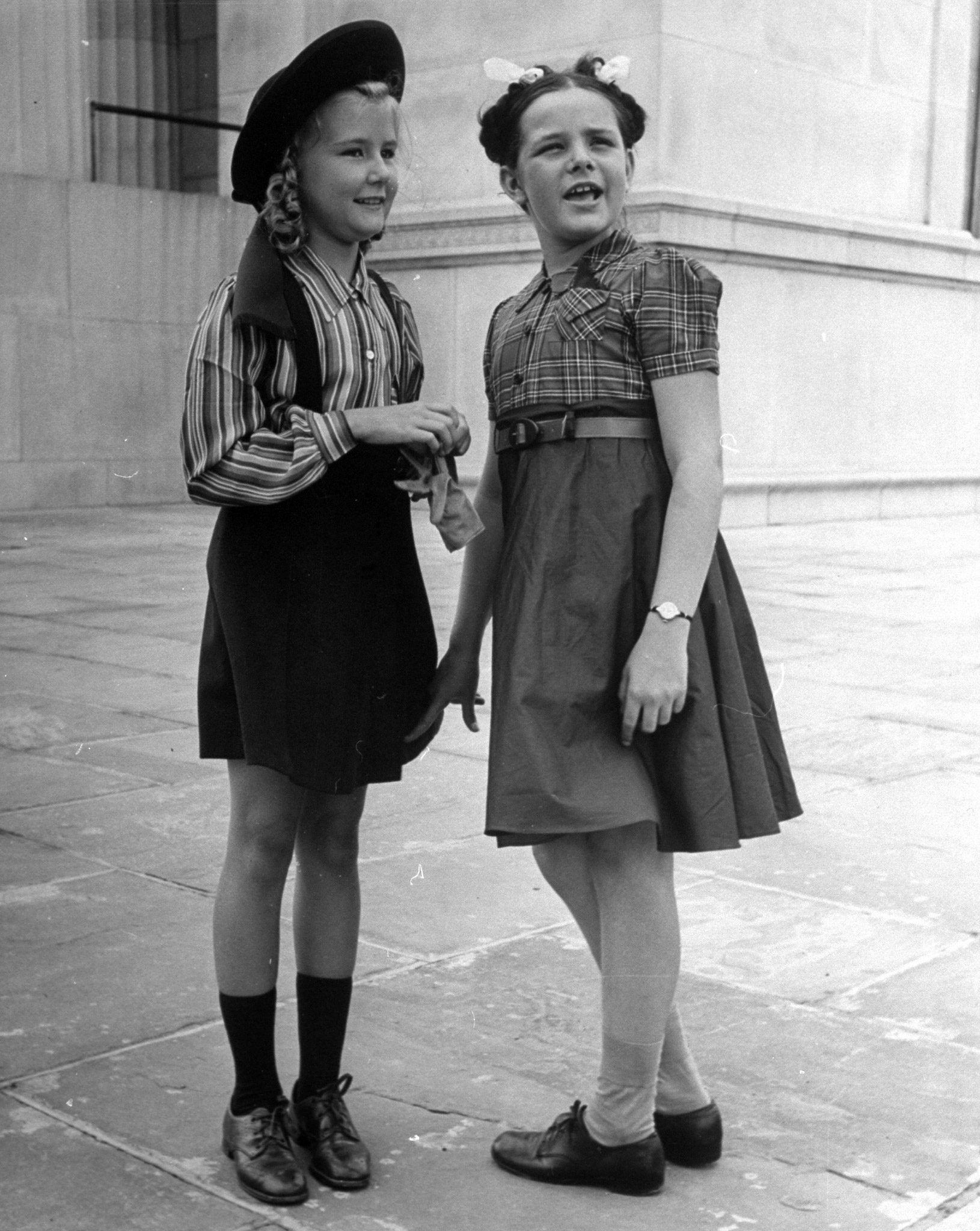
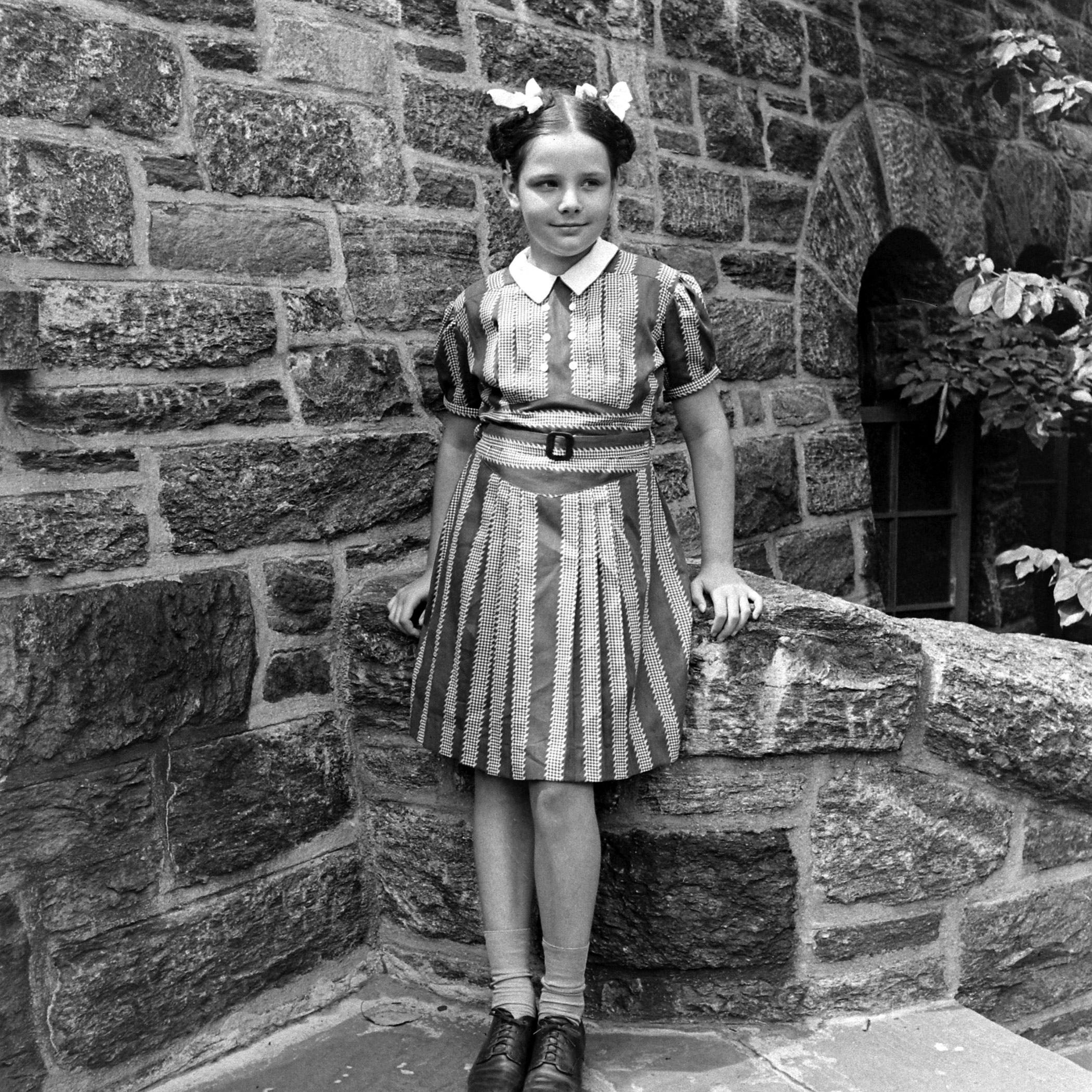
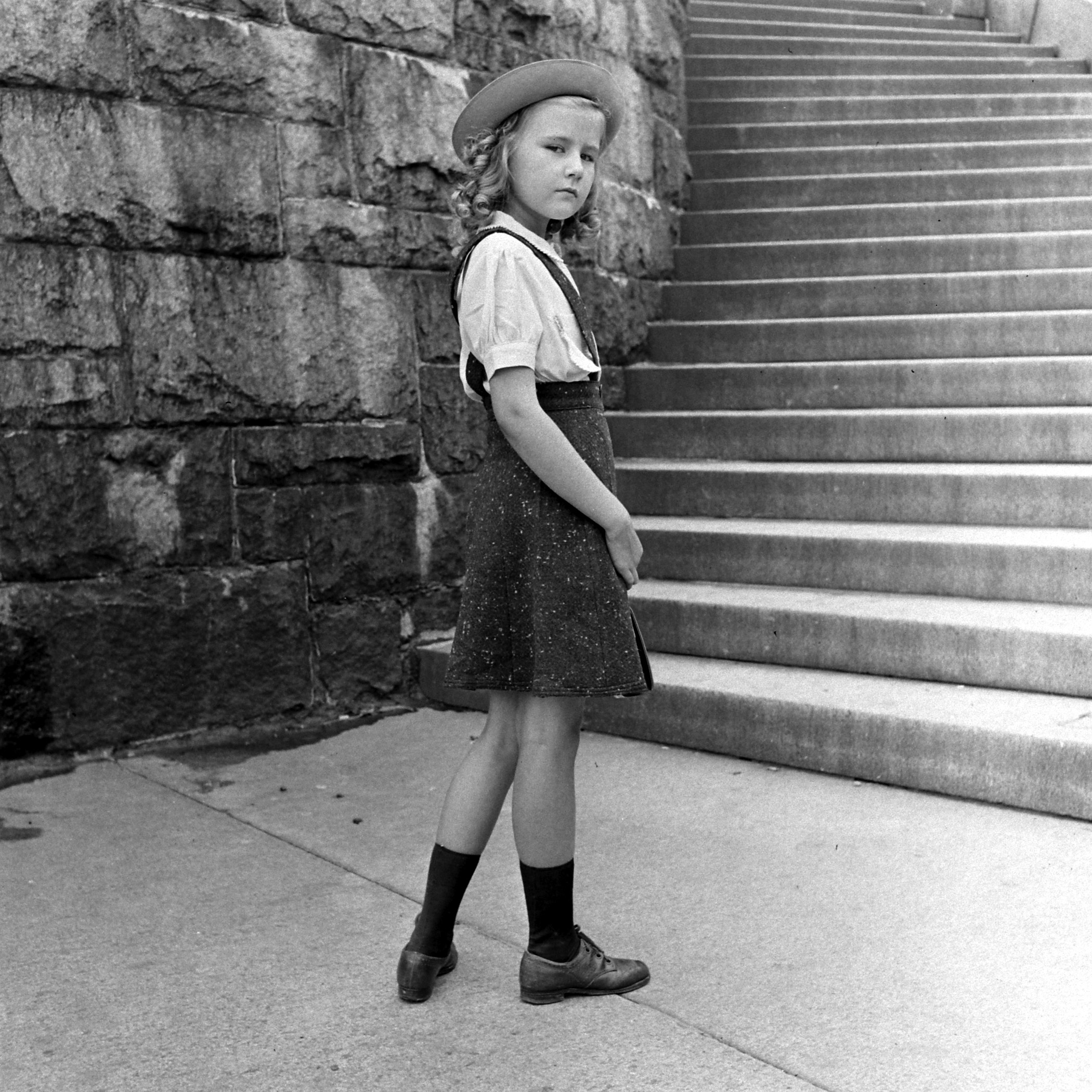
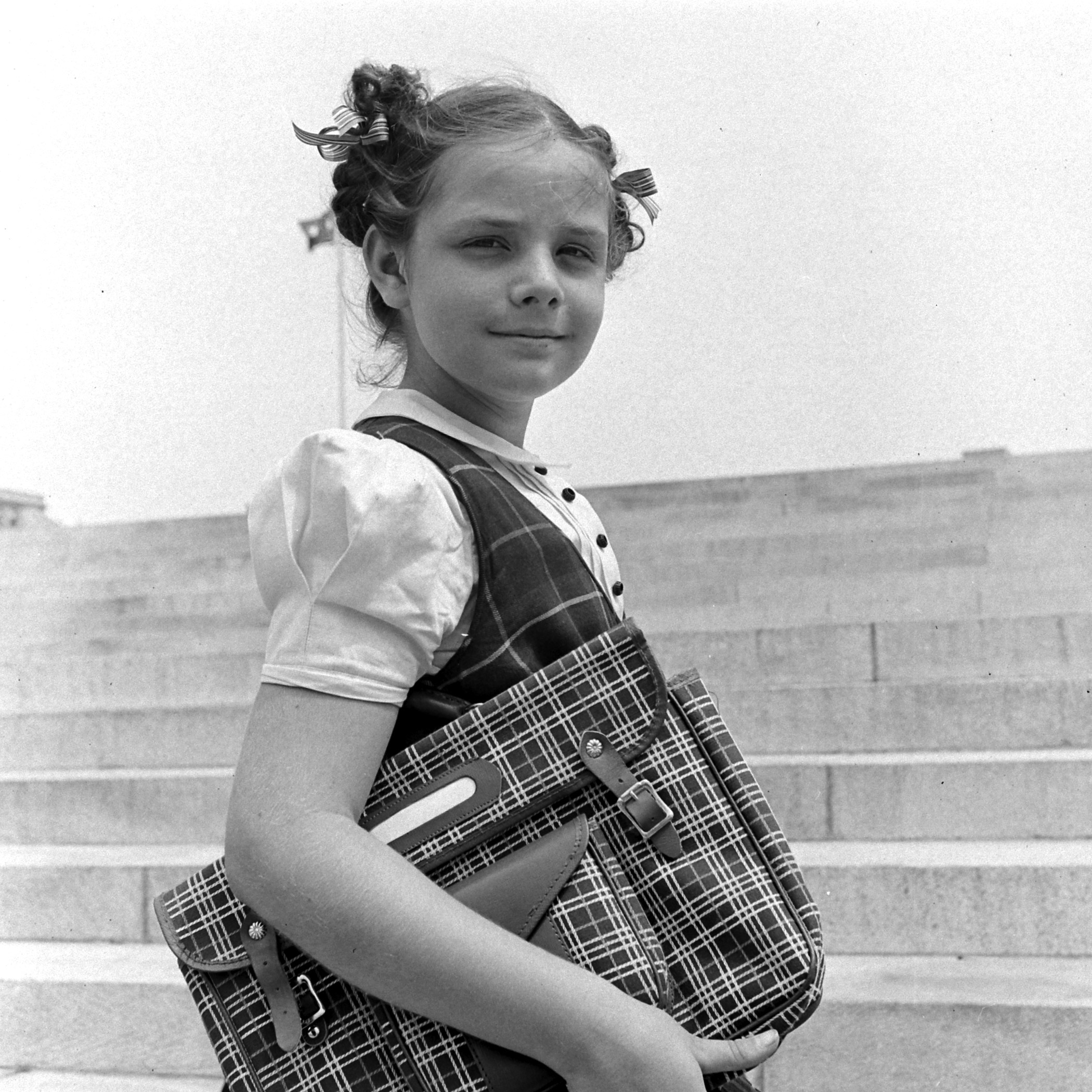
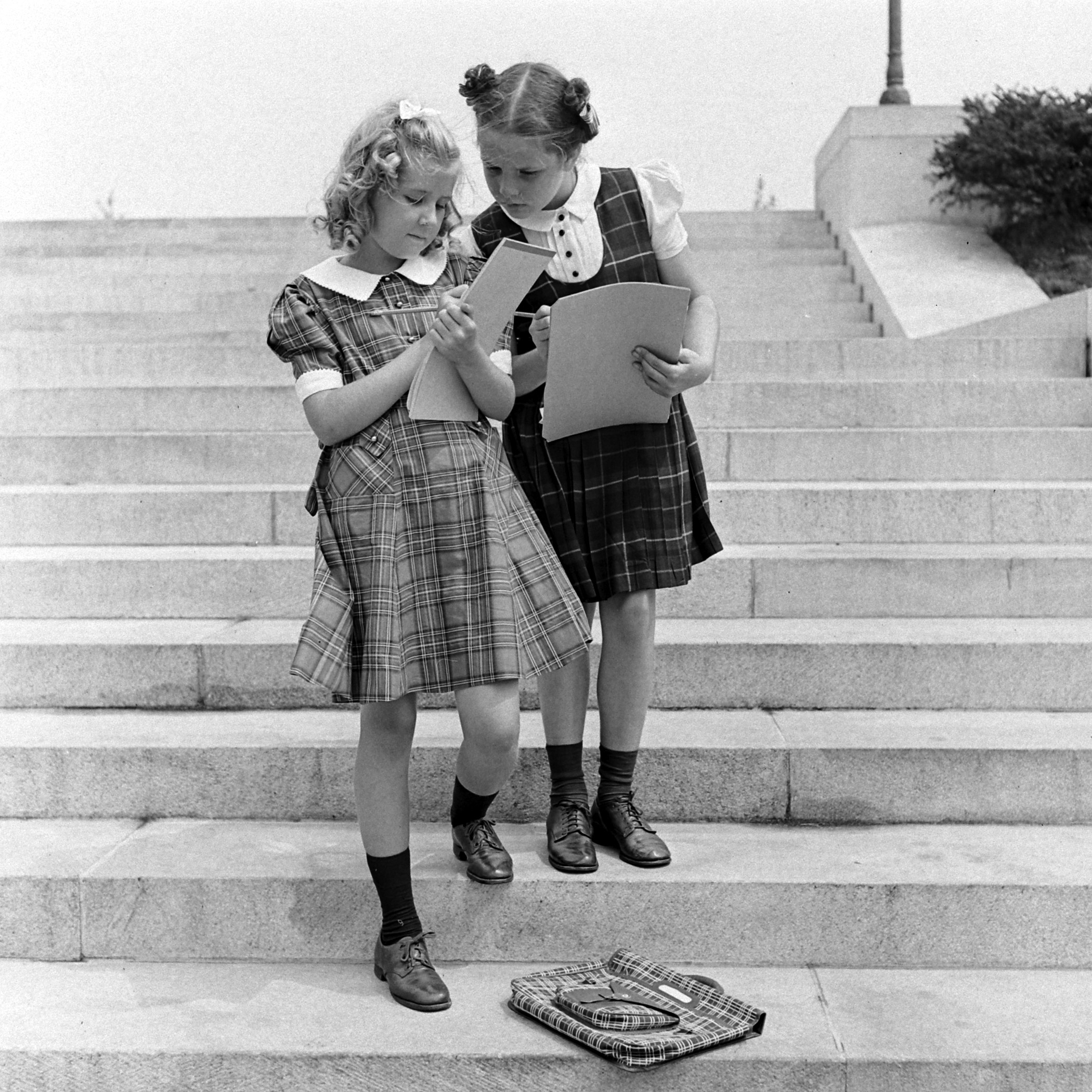
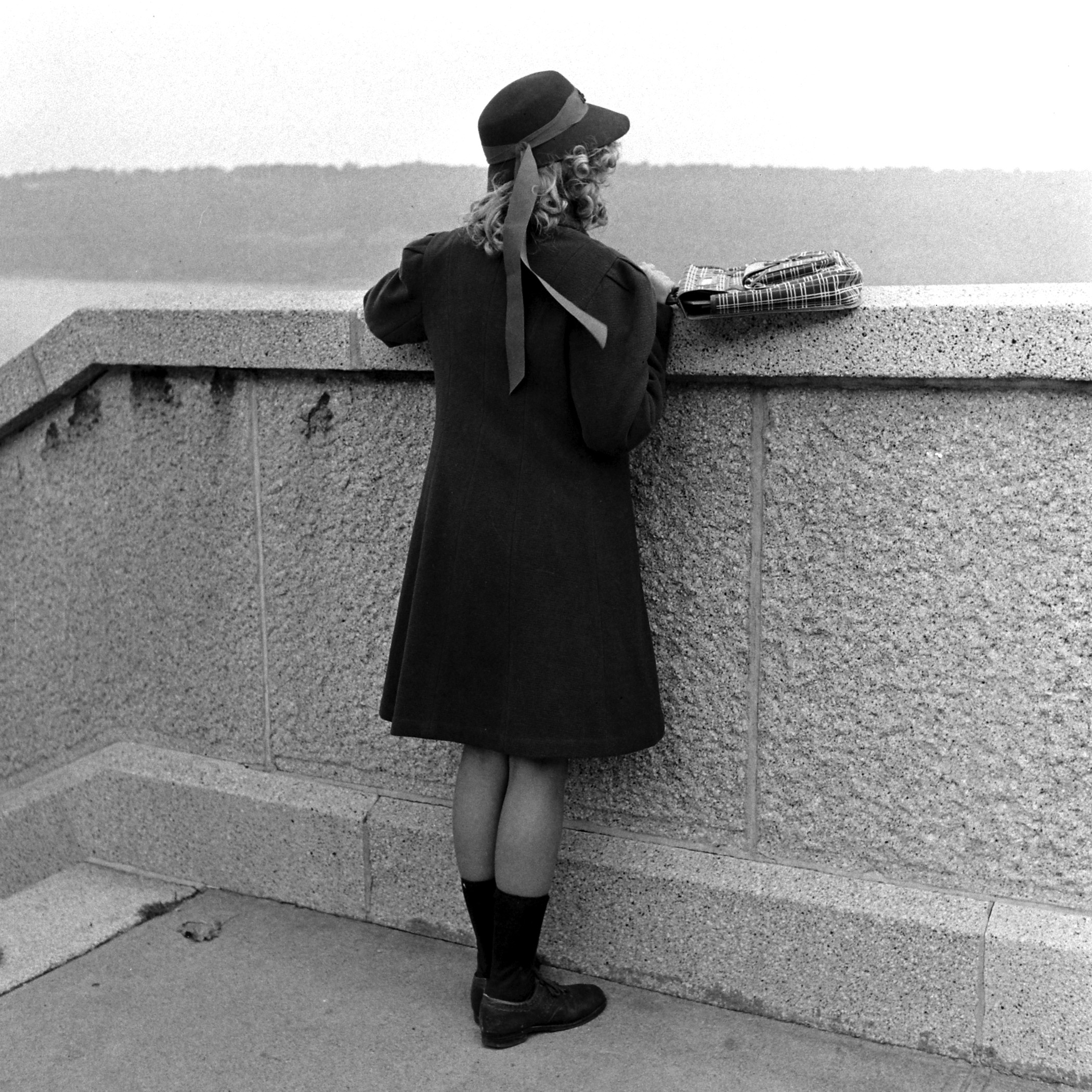
More Must-Reads from TIME
- Donald Trump Is TIME's 2024 Person of the Year
- TIME’s Top 10 Photos of 2024
- Why Gen Z Is Drinking Less
- The Best Movies About Cooking
- Why Is Anxiety Worse at Night?
- A Head-to-Toe Guide to Treating Dry Skin
- Why Street Cats Are Taking Over Urban Neighborhoods
- Column: Jimmy Carter’s Global Legacy Was Moral Clarity
Write to Eliza Berman at eliza.berman@time.com